Nature reports
Page 57 of 74 - 733 Results
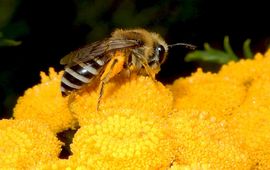
A study of 48 farms in two states shows abundance of species means lots of pollination. The larger an area, the more species of wild bees are needed to pollinate crops...
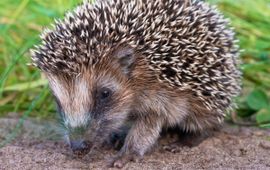
Wildlife is conquering the city, in Berlin and other places. Many people now have their first encounters with wildlife in urban areas – often, but not always, these are exciting experiences with a happy ending. To satisfy the..
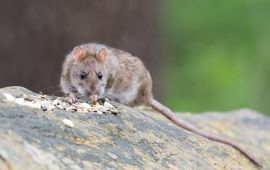
Researchers have shown that also non-human animals exchange different kind of favours. Humans commonly trade different commodities, which is considered a core competence of our species. However, Norway rats exchange different..
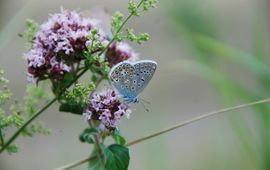
Together with their colleagues from the Senckenberg German Entomological Institute, scientists of Technical University of Munich (TUM) were able to show that currently widespread insects are threatened with a serious decline in..
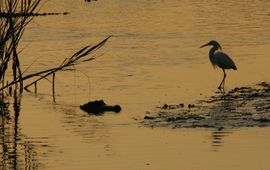
New research that analyzed more than 270 million years of data on animals shows that mammals and birds – both warm-blooded animals – may have a better chance of evolving and adapting to the Earth’s rapidly changing climate than..
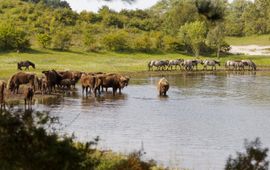
Since the arrival of European bison - also known as wisent - in Dutch dune reserve Kraansvlak near Zandvoort in 2007, ecological research has been carried out in the project of PWN and ARK Nature. This research has yielded..
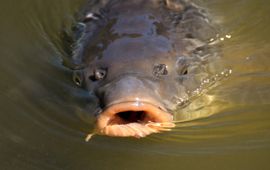
Researchers at the IGB research institute in Berlin have compiled movement data on carp behavior in a natural lake. Thirty-seven carp were located continuously in high resolution over several months with an ultrasonic acoustic..
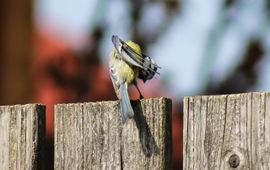
Preening is a highly cost-intensive activity in birds. Besides, it is also a risky activity, because when birds are preening, they cannot look out for predators. So why do they do it? ..
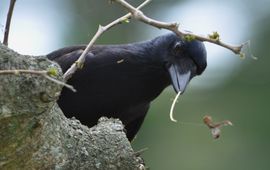
Biologists at the Universities of St Andrews and Edinburgh have discovered why some crows ‘craft’ elaborate hooked tools out of branched twigs. The new study explores why crows go the extra mile rather than using simple,..
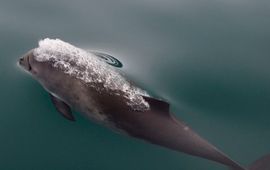
About 15% of harbour porpoises found dead on beaches in the Netherlands has ingested plastic in the stomach. This is shown in a recent publication by Wageningen Marine Research and the Faculty of Veterinary Medicine (Utrecht..
